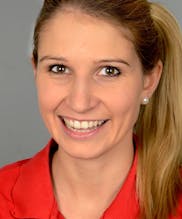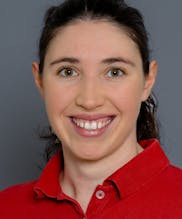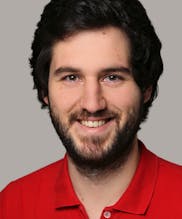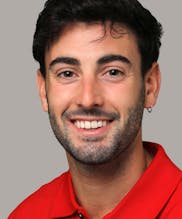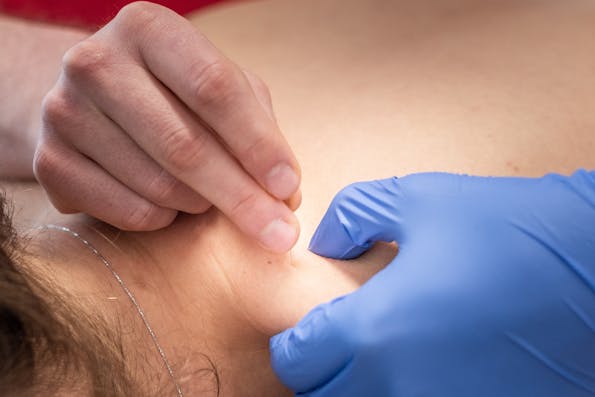
Trigger points are hardenings in the muscles that cause pain, but which are often felt in different parts of the body.
Trigger points are often overlooked as a source of acute and chronic pain. However, an experienced trigger point therapist knows where to look for the trigger of a particular area of pain. For example: pain in the back can often occur in the front – in the abdominal muscles.
Locally limited oxygen deficiency
Trigger points are caused by constant overloading of a muscle (e.g. due to poor posture during monotonous work in front of the computer) or traumatic overstretching (e.g. due to strain). The resulting swelling in the muscle restricts the blood circulation and thus the oxygen supply, which leads to a so-called hypoxia, a locally limited oxygen deficiency.
This leads to the hardening of the muscle tissue, since the sarcomas, the smallest contraction units in the muscle, can no longer be completely released. In many cases, trigger points are released without treatment, but in others there is noticeable pain, either in the muscle itself or in distant places. Thus (in the case of pain in the sciatic nerve) trigger points in the area of the buttocks are often responsible for supposed sciatic pain.
Trigger points – easy to treat
The good news: trigger points are easy to treat.
The bad news: It doesn’t work without pain.
To find the trigger point, the therapist scans the muscles. The therapist searches for the most sensitive point in the muscle. The aim is to reproduce the pain. The patients must feel the pain they are suffering from.
In classical manual trigger point therapy the therapist exerts strong blunt pressure. He uses his fingers, elbows or a special trigger wood. This causes a local increase in blood circulation and thus an improved oxygen supply, whereby the muscles or sarcomeres can be loosened again. He then massages out the treated area and promotes the mobility of the muscles against each other.
Dry needling as an alternative
An alternative to trigger point therapy with the hands is Dry Needling. The therapist uses a fine needle to puncture the trigger point. The penetration of the needle is hardly noticeable, but the violent twitching of the muscle when the hardened area is hit is visible.
Various studies have shown that it does not matter whether drugs are injected with the needle or not – it is the precise needle puncture itself that triggers the desired effect. The hardened muscles can then be better supplied with blood and the tension should be reduced.
Trigger point therapy / Dry needling is used for:
- back pain
- headaches and neck pain
- shoulder and arm pain
- tennis and golf general bow
- knee and groin pain
- overload in sports
- posture problems
- toothache and jaw pain
- muscular imbalance
- back pain
- headaches and neck pain
- shoulder and arm pain
- tennis and golf general bow
- knee and groin pain
- overload in sports
- posture problems
- toothache and jaw pain
- muscular imbalance
Our physiotherapists
Alternatively, we also offer video consultation.

















